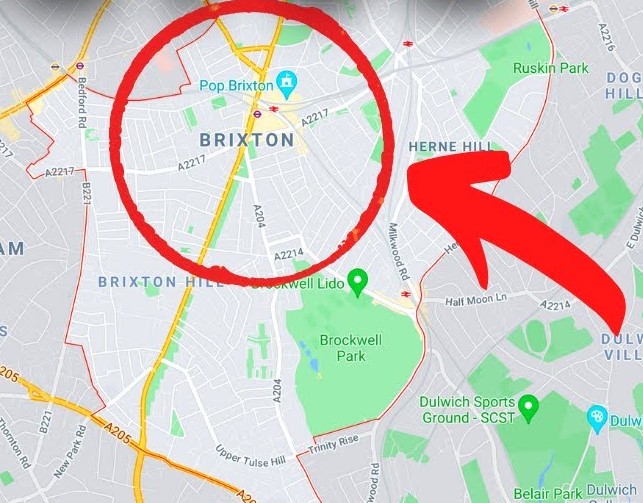Brixton, a district in South London, has undergone significant transformation over the past few decades. Known for its rich cultural diversity, vibrant music scene, and dynamic street life, Brixton has become a focal point for both locals and tourists. However, like many urban areas, it has faced its share of safety concerns. This article explores the current safety situation in Brixton, drawing on various sources and perspectives to provide a comprehensive overview.
Historical Context
Brixton’s reputation for safety has evolved over the years. Historically, the area was known for high crime rates, particularly during the 1980s and 1990s when it experienced significant social and economic challenges. Riots in 1981 and 1995, triggered by tensions between the police and the local community, cast a long shadow over its image. However, efforts to regenerate the area, improve community relations, and boost economic development have gradually changed its landscape.
Crime Rates and Statistics
Recent crime statistics offer a mixed picture of Brixton’s safety. According to data from the Metropolitan Police, crime rates in Brixton have seen a decline in recent years, though certain types of crime remain a concern. For instance, there has been a noticeable reduction in violent crimes and burglaries, reflecting the positive impact of community policing and local initiatives. However, incidents of petty theft, drug-related offenses, and anti-social behavior persist, particularly in areas with high foot traffic such as Brixton Market and the surrounding nightlife spots.
Community Initiatives
Community-driven initiatives have played a crucial role in enhancing safety in Brixton. Organizations such as the Brixton BID (Business Improvement District) work collaboratively with local businesses, the police, and residents to implement measures that deter crime and improve public safety. These include increased street lighting, the installation of CCTV cameras, and the presence of street wardens who provide a visible security presence and assist in maintaining order.
Additionally, youth programs and social enterprises aimed at providing education, employment, and recreational opportunities for young people have been instrumental in addressing some of the root causes of crime. Projects like Brixton Soup Kitchen and the Black Cultural Archives offer safe spaces and support networks that contribute to the overall well-being of the community.
Perceptions of Safety
Perceptions of safety in Brixton can vary significantly depending on who you ask. Long-time residents often speak of the area’s transformation and the sense of community that has emerged. They highlight the thriving arts and cultural scene, the variety of local businesses, and the overall vibrancy of the area as indicators of positive change.
However, some newcomers and visitors might still harbor concerns, influenced by past reputations or isolated incidents reported in the media. It’s important to note that while Brixton has its challenges, it also has a strong sense of community resilience and pride.
Conclusion
In conclusion, Brixton is a district that has made significant strides in improving safety and enhancing the quality of life for its residents. While it is not without its challenges, the efforts of local organizations, community groups, and the police have contributed to a noticeable decline in crime rates and a more secure environment.
Like any urban area, staying aware of one’s surroundings and taking common-sense precautions can go a long way in ensuring personal safety. Brixton’s rich cultural heritage, vibrant community, and ongoing development make it a unique and dynamic part of London, offering much to those who live in and visit the area.
As with any location, safety is relative and can be subjective based on individual experiences and perceptions. By continuing to support community initiatives and fostering positive relationships between residents and authorities, Brixton can further enhance its reputation as a safe and welcoming place for all.

